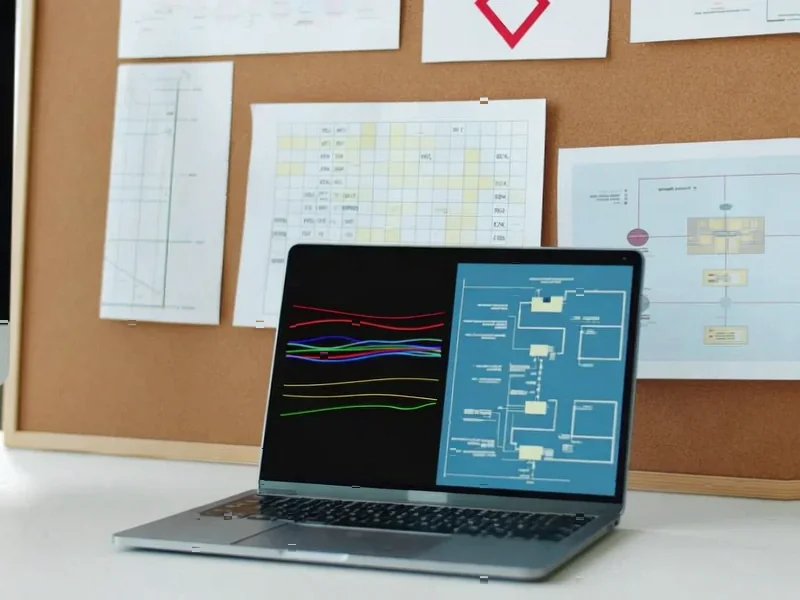According to CRN, data protection company Commvault has unveiled two new technologies focused on connecting enterprise backup data to AI systems. The company’s global CTO Brian Brockway revealed the new Data Rooms, which create secure environments for making trusted backup data available to AI platforms and internal data lakes, along with a Model Context Protocol server that serves as a policy-based bridge between enterprise systems and GenAI platforms. The announcement comes as Commvault prepares for its upcoming Shift conference where the company plans to showcase how these technologies integrate with existing offerings. Channel partners like Edge Solutions president Jay Waggoner noted that Commvault’s approach addresses the fundamental challenge of accessing the “extreme value” locked in enterprise data protection platforms.
The Fundamental AI Data Access Problem
What Commvault is addressing here represents one of the most persistent challenges in enterprise AI adoption: the disconnect between data protection systems and AI workloads. Most organizations have years, sometimes decades, of valuable data sitting in backup repositories that are essentially inaccessible for AI training and inference. The traditional approach requires creating multiple copies of data—moving it from backup systems to data lakes, then to vector databases, then to AI training environments. Each copy introduces security risks, governance challenges, and significant storage costs. Commvault’s virtualized data sharing approach represents a fundamental shift from data movement to data access virtualization, which could dramatically reduce the attack surface while making enterprise data AI-ready.
Model Context Protocol: More Than Just Another Standard
The adoption of Model Context Protocol is particularly significant because it represents an emerging open standard for AI application integration. Unlike proprietary APIs that lock enterprises into specific vendor ecosystems, MCP provides a standardized way for AI applications to connect to external data sources, tools, and workflows. This means enterprises could potentially use the same Commvault MCP server to interface with multiple AI platforms—ChatGPT, Claude, or future systems—without custom integration work. The protocol essentially acts as a universal translator between AI systems and enterprise data environments, handling authentication, data formatting, and policy enforcement in a standardized way.
The Security and Governance Revolution
Perhaps the most sophisticated aspect of Commvault’s approach is how it handles data security and privacy. Traditional data sharing for AI often involves creating sanitized copies, but this process is manual, error-prone, and quickly becomes outdated. Commvault’s Data Rooms appear to implement dynamic data masking and PII sanitization at the access layer. This means the same underlying data can be presented differently based on who’s accessing it and for what purpose. An AI training system might get fully anonymized data, while an internal analytics team might get partially masked data with certain fields preserved. This granular, policy-based access control represents a mature approach to data governance that most organizations are still struggling to implement.
Broader Market Implications
Commvault’s move signals a significant shift in the data protection market, where vendors are recognizing that their value extends beyond disaster recovery to becoming strategic data platforms. By positioning backup data as a source for AI initiatives, Commvault is essentially creating a new category: AI-ready data protection. This could pressure competitors to develop similar capabilities and might accelerate the convergence of data protection, data management, and AI infrastructure markets. For enterprises, this approach could significantly reduce the time-to-value for AI projects by eliminating the data preparation bottleneck that often consumes 80% of AI initiative timelines.
The Road Ahead: Implementation Challenges
While the technology appears promising, successful implementation will require careful attention to several factors. Organizations will need to establish clear data classification policies to determine what data can be exposed to which AI systems. There are also performance considerations—virtualized data access might introduce latency compared to direct data copies, though this could be offset by eliminating data movement time. Additionally, enterprises will need to develop new governance models for AI data access that balance security requirements with the need for AI systems to learn from comprehensive datasets. The success of this approach will depend heavily on how well Commvault and its partners can help organizations navigate these operational challenges.




